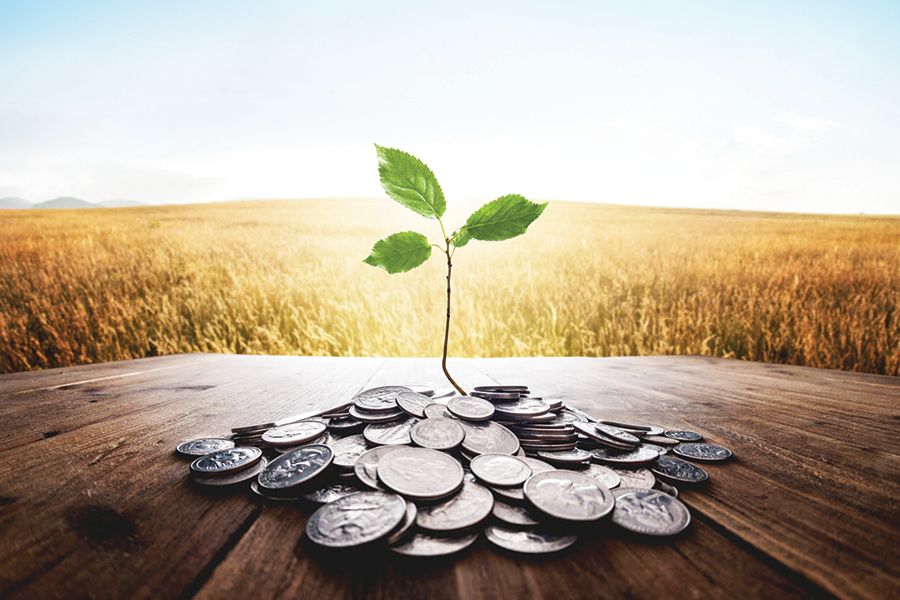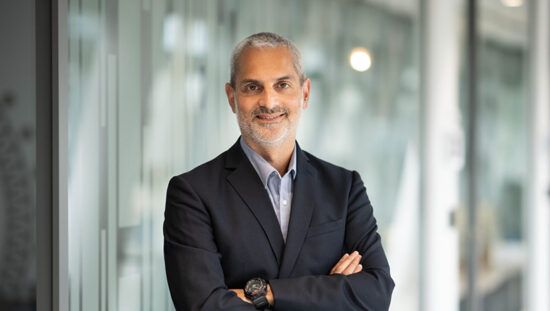The US launch of ESG Clarity has been in the making for some time, an exciting development I was informed about when I joined the UK title as editor in February 2020.
When I was asked to write a column for the launch of ESG Clarity US, and I started to think about potential lines and ideas, I felt slightly overwhelmed – the world is a very different place to what it was when I joined a very short while ago.
I guess, I should start with a little on my background – I have been an investment journalist for 15 years mainly covering the UK retail investment fund market.
My first encounter with ESG came just after I joined the industry when I was asked to interview an ethical fund manager. I must admit, it lacked appeal especially considering readers at that time were quite dismissive of such funds. They were for the tree huggers, right?
Fast forward a decade and a half, and its safe to say ESG investing in Europe has truly taken off. Assets under management in sustainable funds in the eurozone stood at a record high of $779bn at the end of 2019, according to Morningstar Global Sustainable Fund Flows report.
What an exciting time to be joining a title focusing on what can only be described as the theme of the decade – perhaps beyond. I say ‘perhaps’ because I truly believe it will not be a ‘theme’ by 2030 but will be part of mainstream investing – responsibly invested funds held at the core of portfolios with non- or lower-rated ESG fund/positions as satellite vehicles around that.
Back to the Morningstar stats, and that $779bn figure was of course hit during the market sell-off as the covid-19 crisis unfolded.
Assets in European sustainable funds dropped in Q1 2020 to $684bn, a 12% decline from the 2019-end record high. However, that drop compares with a 16.2% reduction in assets for the overall European fund universe.
Furthermore, the European sustainable funds universe attracted inflows of $33bn in the first quarter of 2020, almost three-quarters (72.4%) of the total universe flows. To emphasise this point and the stickiness of ESG assets, the overall European fund universe suffered total outflows of $163bn.
As has been widely reported, ESG holdings outperformed the wider market during the downturn. Although this can be attributed to the lack of exposure to oil and energy stocks, it is also partly explained by ESG funds’ larger weightings in healthcare and technology – two sectors finding themselves extremely popular as countries moved into lockdown and worried about their health (and entertainment) in the face of the coronavirus pandemic.
Amid the devastation of covid-19, investment commentators in the Europe, and the States, have spoken on how the ‘S’ [social] and ‘G’ [governance] of ESG, in particular, have come under the spotlight and that this will continue to accelerate the adoption of responsible investments.
Consumers and investors want to know how companies are treating their employees, paying their senior executives and keeping their colleagues and customers safe. Those that have surpassed expectations in these respects will reap the lasting reputational benefits – and those that haven’t will be remembered too.
Engagement and stewardship personnel in asset management firms – which, with trillions of dollars in assets under management, have significant influence over these multi-national businesses – are asking company management teams how they are dealing with the crisis; looking after the workforce; and safeguarding assets.
Just as crucially, how are they preparing for the future, the new normality we are set to face? When lockdown ends, will citizens be rushing out to pubs (bars if you are Stateside?), cinemas and restaurants? Or will they be cautious about their health and make sure they are saving money in case of any further financial difficulties as result of recession?
Speaking to European ESG fund managers, they are positioning themselves in healthcare (of course), technology (Amazon, Netflix and the Ocado grocery-delivery service) and companies enabling office-based workers to work remotely more effectively, such as Microsoft (for its Teams software) or other communications networks. Interestingly, they are upping their exposure to cybersecurity too, as even though it may be hard to fathom in the most difficult times our generation has faced, large companies and even hospitals have seen an increase in cyber-attacks.
Returning to the Morningstar report, you won’t be surprised to see the trend for ESG investing is rising in the US too. Despite the descent into bear market territory in Q1, flows into open-ended and exchange-traded sustainable funds domiciled in the US reached $10.5bn in the first quarter, “easily eclipsing the previous quarterly record set in 2019’s fourth quarter”, the report said. In January, flows were $5.2bn, an all-time monthly record. By March, this had cooled but remained positive at $1.6bn.
They say it is an ill wind that blows no good and, without wishing in any way to be seen as taking the current crisis lightly, we trust the launch of ESG Clarity in the US will come to be viewed as both timely and helpful.
ESG investing has been proved to not only to protect on the downside, it is also now touted to propel the economic recovery from the coronavirus crisis – a subject I will return to in July’s column.
In the meantime, as stock markets teeter sideways awaiting the next coronavirus update, all eyes will be on employment figures both sides of the pond and whether COVID-19 can penetrate the stickiness of ESG assets.
From the editorial team in the UK and Europe, we truly hope you enjoy the news, analysis, expert opinion and research that our esteemed InvestmentNews colleagues bring you through the launch of ESG Clarity in your region.








